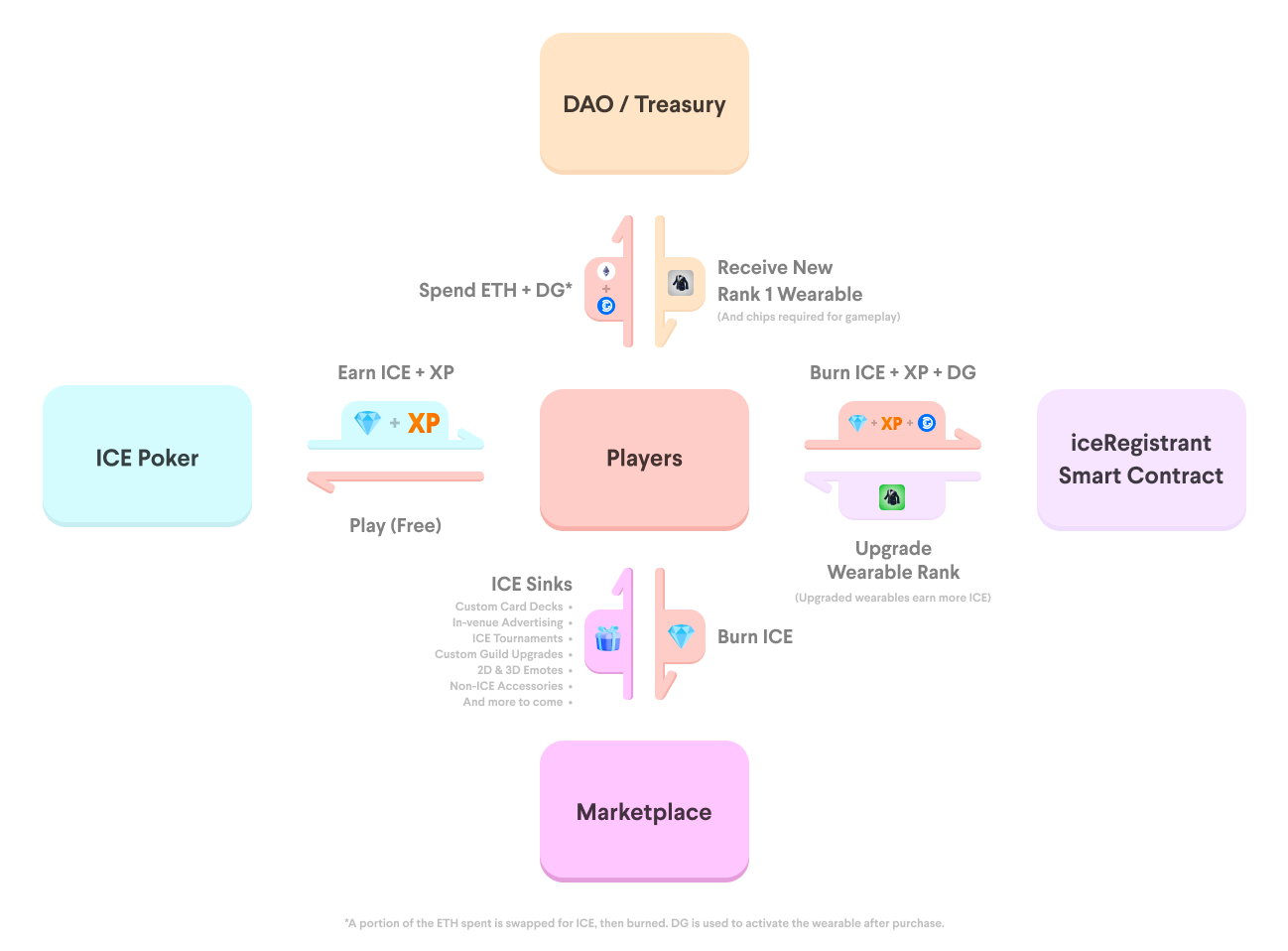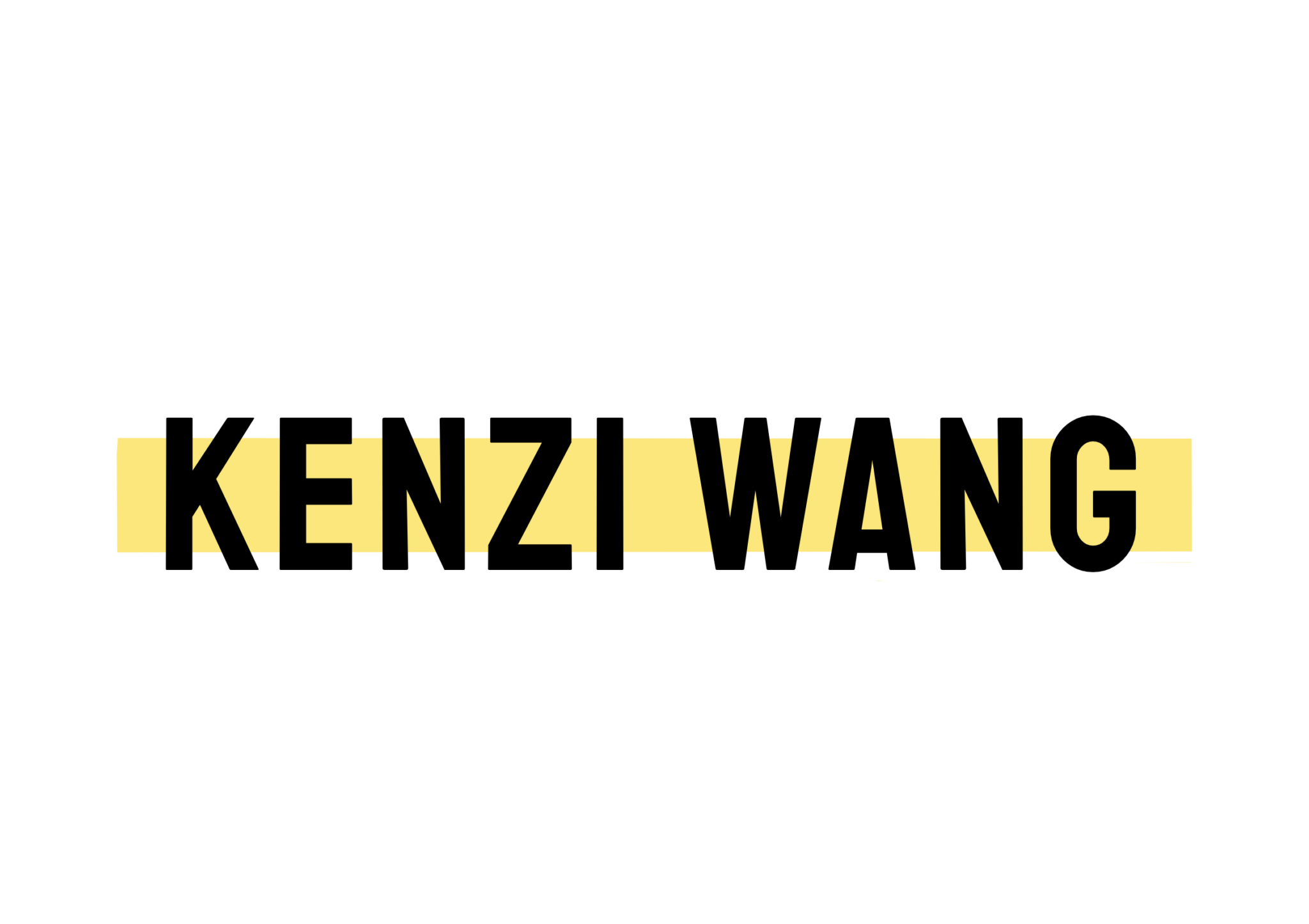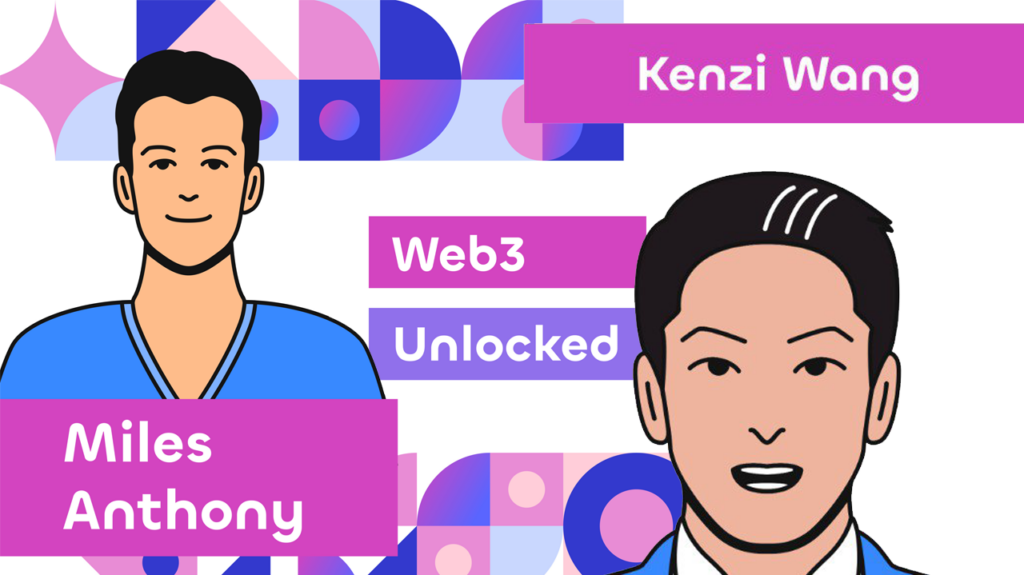Miles Anthony, Founder of Decentral Games on building a DAO-governed play-and-earn gaming in the metaverse and his entrepreneurial journey in Web3
In this episode of Web3 Unlocked, Kenzi Wang talks to Miles Anthony, Founder of Decentral Games. Decentral Games builds games that give players economic freedom through aligned incentives, self-custody and delegation of yield-bearing metaverse assets. . The game first launched its closed beta in September 2019 and currently includes poker, blackjack, roulette, backgammon, and slots. In a candid conversation, Miles shares his journey of building play-and-earn poker in the metaverse, its search for establishing product-market fit, the future of Web3 and more . Here are edited excerpts of the full podcast.
Challenges of building a game in the metaverse
From his first venture back in 2015, where Miles dabbled in ecommerce, he changed tracks and dove headlong into the crypto rabbit hole. When the browser-based 3D virtual world Decentraland made headlines in 2017, and long before anyone started talking about the metaverse, he recognized an opportunity that no one was addressing at the time – blockchain-based gaming in the metaverse. That was the spark for Decentral Games (DG), which’s aiming to build multiplayer games in 3D environments that people will find familiar and enjoy playing with their friends. From starting to build very simple games like slots, roulette, blackjack, and backgammon, DG’s found the success formula with free-to-earn (F2E) poker in a first-of-its-kind in the metaverse.
“It’s a poker game in the metaverse that has grown from zero to 10,000 daily active players. It doesn’t sound a lot by Web2 standards, but by Web3 and metaverse standards it’s quite a lot. In the 3D lounges, we account for the top six venues in Decentraland. There’s always players there and people do find poker a fun game to play. Everyone I know in the community plays typically two-three hours a day, every single day, and it’s taking off right now,” says Miles.
The mechanics of the metaverse poker game Anthony has built involves four essential hooks:
-
ICE Poker Game: This is the 3D game people play, where they earn ICE tokens and in-game XP. The game is 100% free for anyone to play.
-
Marketplace: Players burn their ICE tokens here in exchange for 3D emotes, upgrades, access to tournaments.
-
DAO Treasury: Where players spend ETH or DG crypto to buy NFT Wearables as swag or elements to aid your gameplay.
-
VIP Zone: A chance for players to burn ETH + ICE + DG through Smart Contracts to upgrade their Wearable Rank and earn more ICE tokens.

With $20 million in revenue generated in March 2022 alone, it’s safe to say Anthony’s hard work has paid off for the time being, as it was tough going early on. After bootstrapping the Decentral Games project back in 2019, COVID severely dented its ability to raise funds. But after trying hard and raising a very small seed round of $300K by July 2020, Anthony architected the whitepaper for DG later that summer. And then eventually, after enduring the pain of launching their metaverse gaming ideas in a bear market, Anthony feels it was a blessing in disguise because it definitely taught him to be wary of market cycles when running a DAO-governed game in the metaverse.
Understanding play-2-earn (P2E) games
It’s pretty self-explanatory, play-to-earn (or P2E) games involve players earning some form of cryptocurrency by playing games. In Decentral Games, players earn DG and ICE crypto tokens through the in-game currency system by carrying out certain quests, winning games, and challenges. The in-game crypto token earned by playing the free game can then be exchanged for Bitcoin, Ethereum, or another token on a decentralized exchange.
For his ICE poker game in the metaverse, Miles built an additional layer of NFT Wearables that’s ultimately responsible for a lot of player engagement. He explains, “If you purchase any of our player NFTs or wearables inside the metaverse, like a jacket or pants or shoes, you can delegate them trustless to another player by just assigning them to their .ETH address and then they can hop in and play for free. So they don’t have to buy anything, they don’t have to have any capital investment, and they can just start playing and earn ICE tokens for free. At the end of each day, they split the payout – the NFT owner gets 40% and the player gets 60% of the earnings.”
Establishing product-market fit
Building products in the metaverse can be challenging if you don’t get product-market fit very early. For Miles, it took about a year’s worth of experimentation from Dec 2020 of failing fast and incorporating iterative learnings. Early on, the games he was building at DG would have 50-100 people playing with poor retention rates, where people didn’t return to play for weeks. Fixing the economic incentives to make the game sustainable long term is the key, and the pivot to play-to-earn was the turning point towards increasing organic user engagements, Anthony remembers.
“I was at a conference in Paris when I started looking into the economics of Axie Infinity – a popular P2E game, and it definitely inspired me. We began to roll out novel token models that were similar to Axie Infinity and basically improved on a few things, like the control over supply of tokens and the native guild tools, and keeping everything native to our site. We didn’t want some other platform to plug in to ours, because it would’ve led to players dumping all the ICE poker stuff and moving to other games the minute they started offering slightly higher yield. If we think long term, it’ll pay off to have things all native to your platform,” he says.
Increasing user retention is key
This is the key metric, pretty much the name of the game (pun intended) in more ways than one, and Anthony understands it very well. In terms of actual retention, the ICE poker game is being infused with more features viz. more mini-games, and ICE poker tournaments to keep users engaged as much as possible.
He further explains, “Right now, our only user touchpoint is a browser-based window which is restrictive from a performance perspective and not ideal for increasing user retention. We recently released a beta desktop client, which is much quicker on Windows. Daily users who play our games immediately see a difference, everything loads faster, better frames per second, and better overall experience. But that hurdle of actually downloading the app to your desktop is still significant. So our mobile product launch is probably going to fix that by the end of April or early May, and I think that’s going to be huge for user retention because then you’re going to be able to play ICE poker anywhere on the go. I think retention, even though it’s great now where 10,000 people play our games for 2-3 hours each day, it’ll just be insanely better once we have the mobile products live.”
Playing games to earn a living in Web3
One of the foundational premises of Web3 is to empower every single individual on the planet, where P2E games like ICE poker can allow players to generate income, emphasizes Miles Anthony. For gamers from developing countries where the cost of living is very low, it can feel noble to be able to create jobs through these games, where players earn rewards to sustain their lives. But in this discussion, it’s important to keep in mind that for every person that’s playing the game to earn their livelihood, money is generated by immediately dumping the in-game token. Fundamentally, that’s value created by the game immediately leaves its ecosystem, which is unsustainable for long-term growth of any business.
Anthony says, “For any player and ecosystem to be sustainable, it needs to be offset by folks buying the token. It’s really important to incentivize what we call upward mobility. I think a lot of people who play P2E games get stuck in the first step – grinding to earn assets and tokens, then immediately dump them. They don’t want to ever graduate to player ownership or guild ownership. I think that progression is key if you want it to be sustainable long term because it basically incentivizes reinvestment in the platform to offset the losses of dumping.”
This isn’t all: Miles Anthony talks about his vision for Web3, the importance of mentorship and revenue streams to keep up the growth journey. Here’s a list of selected timestamps on the different topics discussed during the podcast:
-
00:34 to 03:17 – How did Miles Anthony become a Web3 entrepreneur?
-
04:33 to 07:51 – Anthony’s belief in NFTs being more than just virtual goods
-
07:52 to 11:10 – Challenges of starting a Web3 project in a bear market
-
14:17 to 21:26 – Why is Decentral Games leading the charge of P2E games?
-
21:27 to 26:30 – How to keep high retention and engagement in metaverse gaming
-
26:31 to 31:19 – How Progressive Web Apps will help developers avoid paying 30% cut to app stores
-
31:20 to 41:01 – Why P2E gaming phenomenon is a success story for Web3
-
41:02 to 46:10 – Three milestones achieved while establishing product-market fit
-
62:05 to 64:47 – Future of gaming guilds in P2E gaming phenomenon
-
70:37 to 71:42 – Importance of mentorship in building a Web3 startup
-
74:20 to 76:46 – Message to developers and entrepreneurs on how to get started on the Web3 opportunity
This podcast interview was conducted by Kenzi Wang with inputs from Diksha Dutta and Robert Do. Follow us on Twitter for to be in the loop for all the fun we are having.



